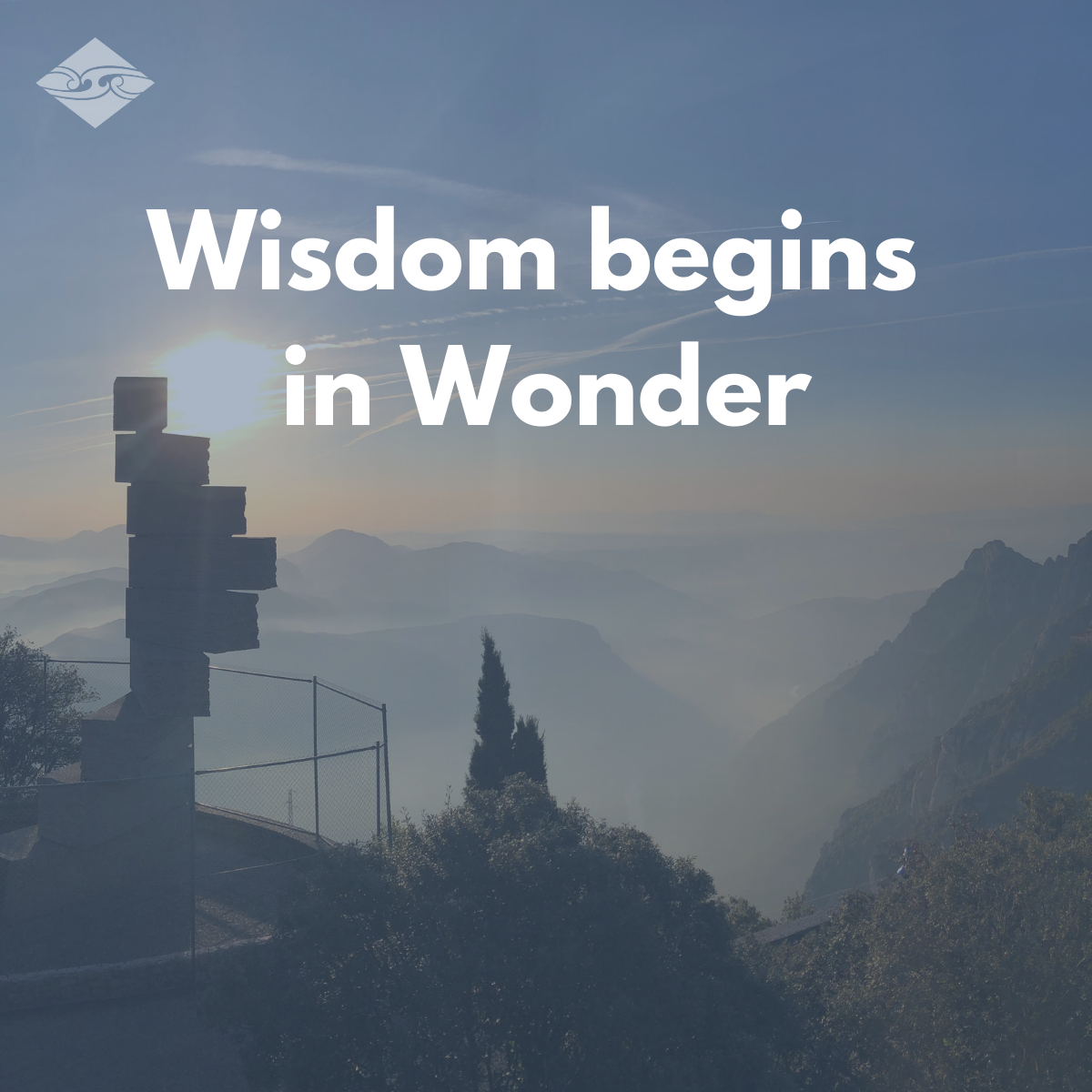In December 2020, the Diocesan Young Catholics team ran a five-day leadership training programme for Year 12 students across the Diocese called ‘Young Catholic Leader.’ This programme, modeled off the Marist Youth Leader Programme, has been running now for a number of years in Palmerston North.
As part of the programme, participants spent day four engaging with four workshops focused on each of four elements as outlined in Te Whare Tapa Whā, the Māori health model for holistic wellbeing. This article is an adaption of the Spiritual Wellbeing workshop, focused on a broader look at this part of us.
In 2020 Mental Health Awareness Week (MHAW) was underpinned by Te Whare Tapa Whā, a model designed by Māori health advocate Sir Mason Durie in 1984.
The model describes health and wellbeing as a wharenui/meeting house with four walls. These walls represent taha wairua/spiritual wellbeing, taha hinengaro/mental and emotional wellbeing, taha tinana/physical wellbeing and taha whānau/family and social wellbeing. Our connection with the whenua/land forms the foundation.
Taha Wairua/Spiritual Wellbeing
Our spiritual wellbeing can be expressed through our beliefs, values, traditions and practices that support self-awareness and identity. It’s important because when we feel comfortable with these things, it helps us feel secure about who we are and what we stand for.
When we invest in our spiritual wellbeing, it provides us with a sense of meaning and purpose, as well as enabling us to feel connected to ourselves, our whanau, community, nature and the Sacred. When we experience this, we find it easier to cope with challenges, build stronger relationship and discover things that bring us joy.
As Catholics, there are various beliefs, values, traditions and practices that we live by because of our faith and this becomes a significant part of our spiritual wellbeing.
However, the overall concept of spiritual wellbeing is broad and open. Investing in this part of ones wellbeing might be about:
- taking notice and appreciating the beauty around us.
- rediscovering things that make us feel awe, hope, strength, unity and connection.
- your relationship with the environment, other people or your whakapapa.
When living through the realities of a global pandemic as we have recently, it can be hard to take care of ourselves and maybe our spiritual wellbeing in a particular way. In times of uncertainty and challenge we can also find ourselves wanting to know why things are a certain way. Sometimes, making sure we are caring for the spiritual side of our wellbeing can help us with these questions.
Watch the video below to find out what questions the world was looking for the why for in 2020.
Why? – 2020 in Google Search
In times of uncertainty, people seek understanding and meaning. In 2020 the world searched “why” more than ever. This film from Google features the questions people asked.
At this point I would like to explore a couple of concepts I think might help us when we are looking at how to invest in our spiritual wellbeing. The first of these is about what we see and what we believe.
I would like to introduce you to a Christian Illusionist, Harris III who has written a book called The Wonder Switch.
In this video, he talks about the stories we tell ourselves that aren’t true and how we allow others to do the same. We also try to label one another too, even when we know too well that it is the things we cant see that are the most important.
This video also encourages us to consider our identity in relationship to God the creator. I encourage you to pay attention to the magic he performs, because it’s important to the unfolding of this article.


Seeing is believing?
You’re probably familiar with the phrase, “I’ll believe it when I see it.” This phrase illustrates a somewhat cynical mindset that many of us find ourselves adopting and living our lives based upon. The thing is, seeing is not always believing. The illusions in the video from Harris III, prove that, especially when he shows how one is performed. Just because we can “see” what we think is happening, doesn’t mean that it really is.
In fact, what we believe actually changes what we see. This is also in fact what the science says, believing is seeing. What we believe has the power to change what we see.
Sometimes there is something real and it exists right in front of you. Sometimes you have to believe something before you can see it.
So, believing has to come first. This is true too for our spiritual wellbeing, if we choose to believe it is important, it will change what we see around us.
In a Christian context, when we consider faith to be our believing, Scripture talks about how believing is seeing. If we have faith in God, if we believe in the message and truth of the Gospel, then we begin to see the divine everywhere.
“Now faith is the assurance of things hoped for, the conviction of things not seen.” Hebrews 11:1
“Because we look not at what can be seen but at what cannot be seen; for what can be seen is temporary, but what cannot be seen is eternal.” 2 Corinthians 4:18
“For in hope we were saved. Now hope that is seen is not hope. For who hopes for what is seen?” Romans 8:24
“For we walk by faith, not by sight.” 2 Corinthians 5:7

Wisdom begins in Wonder
The second concept I would like to unpack I about wonder. The title of this blog is a quote that is attributed to the philosopher Socrates. In our spiritual journey, we desire grow in wisdom and “wisdom begins in wonder.”
This second video from Harris III explores further the concept of wonder and its significance in our lives.
Wonder offers us the permission to believe in a story we are yet to see.
Rediscovering Everyday Wonder
I love how Harris III talks about the wonder of a child in this video. I don’t have children of my own, but I can relate to what he is saying. My three year old Goddaughter Eleanor helps me to see the world through a lens of wonder. And even though the illusions in both videos aren’t real, it doesn’t mean that ‘magic’ isn’t real, and when I say magic I mean wonder, using the terms interchangeably. There is magic in the world around us, but over time it starts to fade away and over time we loose our sense of wonder.
What if you and I, even as we continue to get older (even if we don’t want to!), could keep trying to see the world how we did when we were kids?
So, what does rediscovering wonder actually look like? I was thinking about this in my own life and I know that wonder is something I want to experience as much as possible because I know it brings me joy. In 2019, when we were still able to leave the country with ease, I was lucky enough to visit some incredible places and see some landscapes that sparked wonder and awe in me.
Below are photos of such places, the top and bottom left are photos from Monseratt in Spain on two different mornings when I visited to speak at a youth ministry conference. The bottom right is a photo from Cinque Terra in Italy, taken from a boat on one very hot June day.
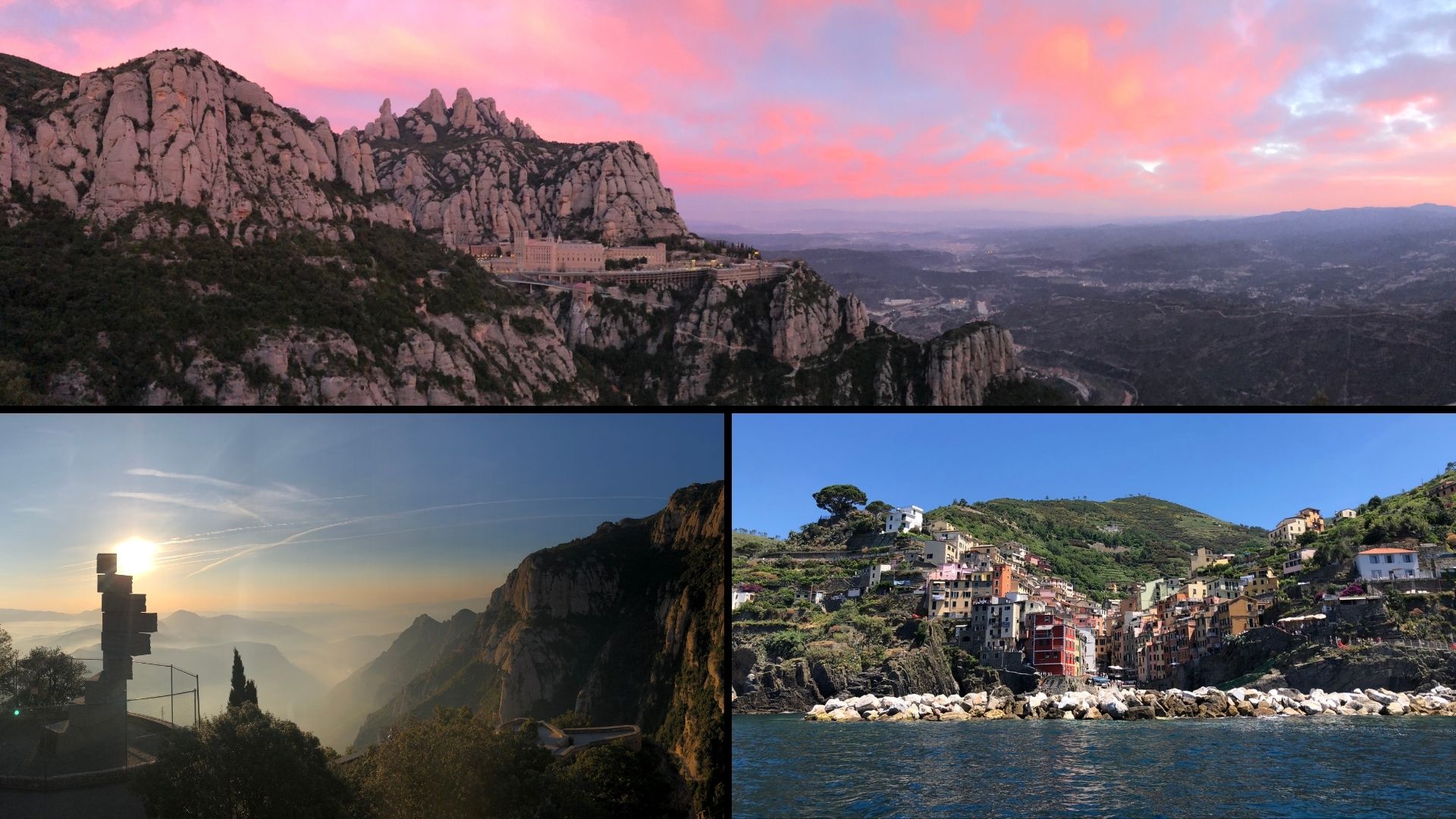
Looking back on those photos now though I realise just how incredible those experiences were and how lucky I have been. Ultimately those are experiences of wonder, but they’re not everyday experiences. Instead, I really like how the theme for the spiritual wellbeing part of Mental Health Awareness Week was about ‘rediscovering everyday wonder.’
This challenged me re-frame how I saw things, especially as I looked back on a very different year that had just finished. Because of the Covid-19 pandemic we have had to re-frame how we see our lives and this has been really challenging. More than ever we have needed to rediscover everyday wonder, being able to recognise these moments in our daily lives. We’ve had to look a little closer.
So these photos that follow are from a very different type of year and they are everyday examples I’ve been able to recognise.
Concerts & clouds on hills & multi-coloured car washes & sunsets & wild mushrooms & cups of tea at cafes & spring flowers & first hot chocolates since Lockdown. Simple, mostly everyday things that I can see wonder in.
Can you think of examples from your own life?
Is there anything getting in the way of you noticing and experiencing wonder?
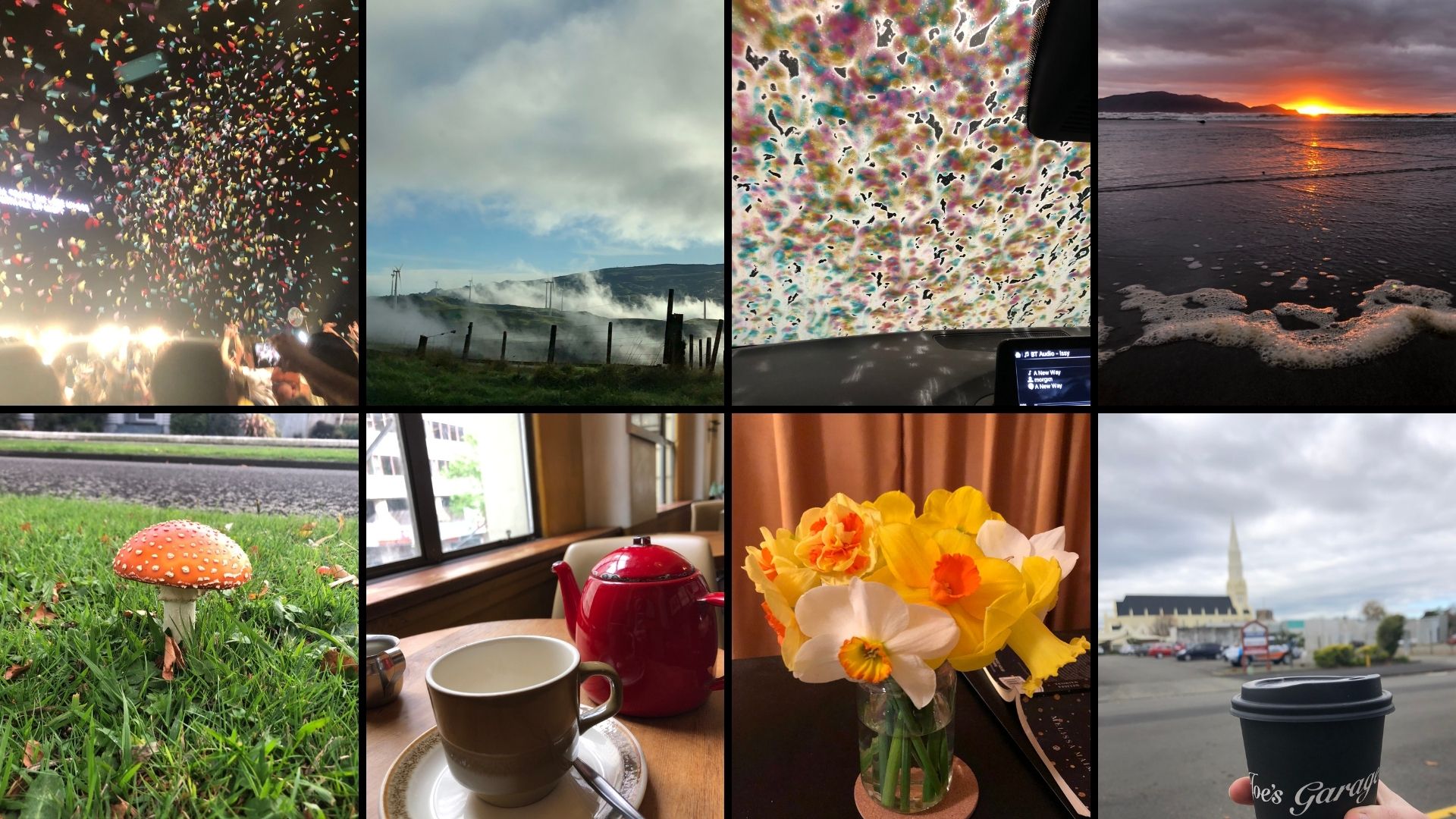
There is a famous painting by artist Caravaggio that depicts the moment when Christ inspires St. Matthew to follow him. It was completed in 1600 and is displayed in Rome. Whenever Pope Francis would visit Rome (before he was made Bishop of Rome aka. the Pope) he would make sure to spend some time contemplating this painting. I am lucky enough to have been able to do the same.
The story it depicts for us, and how it does so, is significant for us. Matthew calling from Jesus was unexpected and certainly undeserved. In the painting Matthew reflects his knowledge of this, pointing to himself in confusion. Caravaggio has also painted it in the style of his own era, signaling that this story isn’t just a moment for Jesus’ time or Matthew’s life. Instead, it illustrates that there is something here applicable to us all.
What I also find particularly interesting is the character who is sitting at the table with Matthew but is busy counting his coins, so misses what is going on around him entirely.
This leads us to ask some questions, what happens when distractions in our lives cause us to miss out on where we might be being called? What happens if we don’t pay attention to the moments of wonder in the world around us? What happens if we neglect the spiritual side of our wellbeing?
If we don’t notice the wonder, if we don’t invest in our spiritual life, if we are too busy with our individual distractions … it is highly possible that we could miss out on moments that call us deeper and to something new.
Tools to Rediscover Everyday Wonder
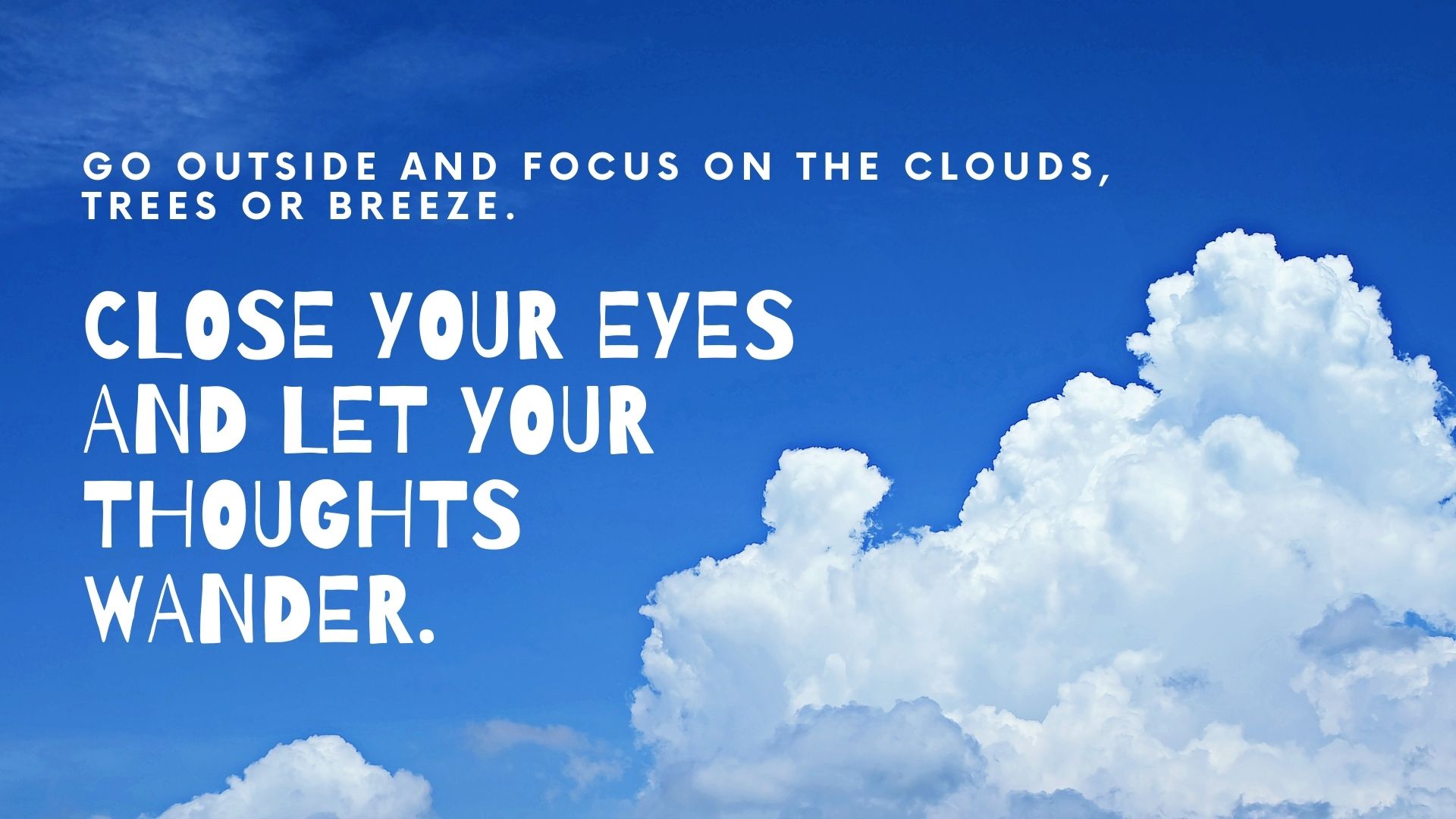
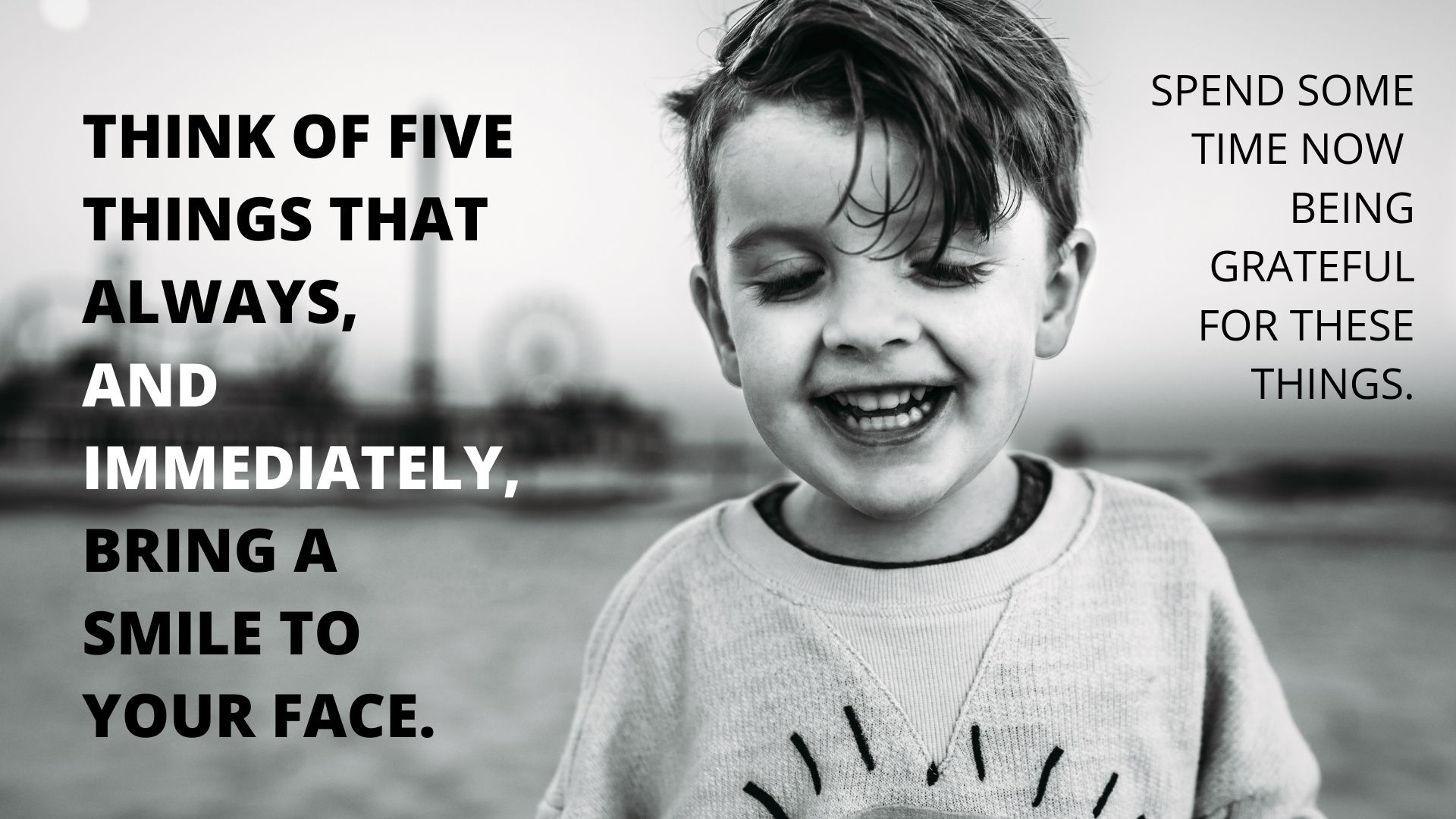
We’ve curated a few songs about wonder and songs that spark wonder and awe in us.
Have a listen over on Spotify by clicking here.
